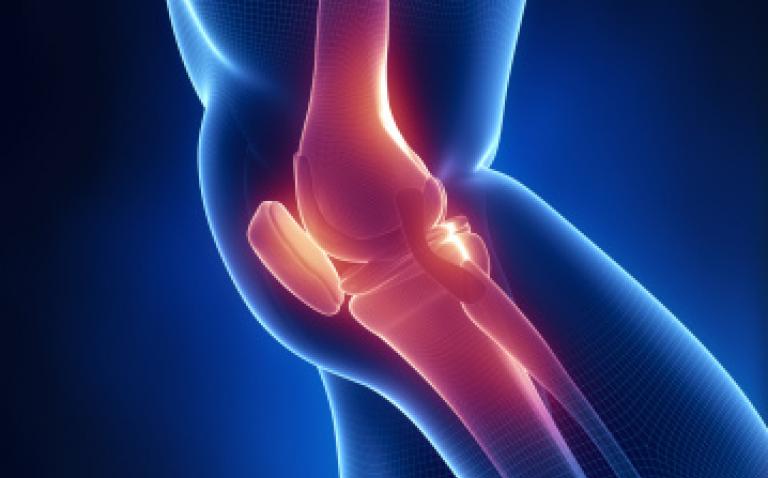DePuy Synthes Joint Reconstruction, a global leader in devices for joint replacement, has introduced its latest innovation in total knee replacement — the ATTUNE™ Knee System.
Created as a result of more than six years of extensive research, the ATTUNE Knee is an advancement in knee replacement that addresses a significant unmet need for patients, surgeons and providers. It is designed to provide better range of motion and improve the unstable feeling some patients experience during everyday activities.
Studies have shown that 10–20% of patients are not completely satisfied with their knee replacement and everyday tasks, such as stair descent and bending, are challenging. Further, research shows that 32% of patients are unable to kneel because of discomfort in the knee after knee replacement surgery. This reduced mobility can seriously affect a patient’s quality of life.
“The ATTUNE Knee System is an innovative step forward in total knee replacement and has the potential to greatly benefit patients who are struggling with knee pain,” said Mr. Peter James, Consultant Orthopaedic Surgeon, Nottingham City Hospital and ATTUNE Knee System Design Team Surgeon**, “By providing patients with the freedom of movement and reassurance of stability, surgeons like myself have an innovative new solution to offer our patients.”
Through a research collaboration with multiple institutions, including University College Dublin in Ireland, DePuy Synthes Joint Reconstruction evaluated contemporary knee designs to assess how sizing and implant geometry aids in maintaining stability through patient’s daily activities.
Additional research with a team of surgeons and industry experts from around the world led to several proprietary technologies for the ATTUNE Knee. This research included x-rays of patient movement, cadaver knees and computer simulations. The resulting proprietary technologies include:
- ATTUNE GRADIUS™ Curve: A gradually reducing radius that provides optimum conformity throughout the range of motion and is designed to achieve anterior/posterior stability
- SOFCAM™ Contact: An S-curve design that provides a smooth engagement for stability through flexion, while reducing stresses placed on the implant
- LOGICLOCK™ Tibial Base: A locking design that provides the architecture to optimise kinematics while reducing wear to the lowest reported levels in the industry. As a result, surgeons do not have to compromise on component size, picking the optimum size and fit for each patient from the range of sizing options
- GLIDERIGHT™ Articulation: A design to accommodate patient variation and soft tissue interaction, while optimising patella tracking
“As part of a European-wide rollout, the ATTUNE Knee System will now be commercially available across multiple markets in Europe, providing surgeons and patients with access to the latest knee replacement technologies. The ATTUNE Knee is the result of the largest research and development project in DePuy Synthes history,” said Gary Lancaster, EMEA Marketing Director, DePuy Synthes.
As part of the ATTUNE Knee research and development, DePuy Synthes Joint Reconstruction also developed INTUITION™ Instruments in collaboration with the Royal College of Art in the UK, which are compatible with the ATTUNE Knee and are designed to help the surgeon deliver stability in motion. The INTUITION Instruments enable surgeons to provide more efficient patient care through the following features:
- Novel use of composite materials in orthopaedic instruments
- Single-layer instrument cases that are lightweight with fewer instruments, reducing weight by 51 percent as compared to previously available instruments. The instruments also minimise the number of cases in the operating room (OR) while maintaining durability
- Designed clarity through the use of colour coding and clear markings, potentially reducing OR surgical errors
- Reduction of surgical steps to help provide set-up efficiency










